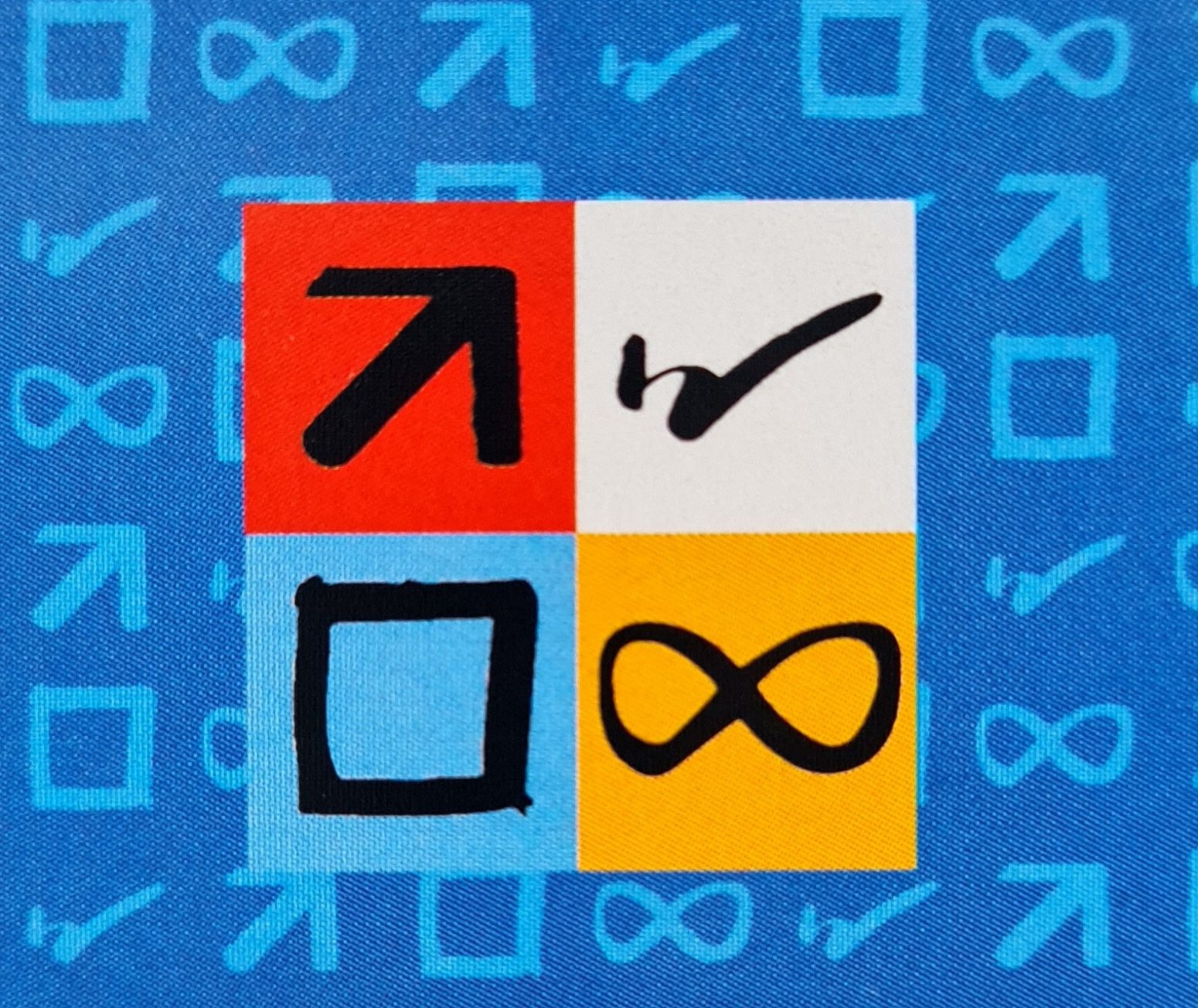Which energy are you bringing to the table today?
Have you ever said: “I don’t have the energy to deal with this today”, or, perhaps, “this person is full of energy”. This suggests a type of ‘energy duality’: we either have it (and feel awake, motivated, dynamic, and ready to go), or we don’t (feel sluggish, slow, and lacklustre).
We also know that energy matters when it comes to focus and flow: we can achieve different amounts and quality of work simultaneously, depending on our state. We have explored how the focused state of energy flow can be achieved in our Part 1 blog on Zen leadership.
In this piece, we propose to expand the way we view, feel and practice our energy, or rather, energies. Four, to be precise.
The Four Energies
Four distinct energetic qualities emerge from the order in which our nerves activate muscles. These are system-wide properties – not confined to the brain, connective tissue or spinal cord – though passing through all of them. In the 1930s kinesiologist Dr Josephine Rathbone identified four distinct patterns in which these opposing muscle groups could work together, resulting in four very different kinds of motion (through muscle tension and extension).
Dr Ginny Whitelaw, ex-Nasa leader and the CEO of the Institute for Zen Leadership came across these patterns in her work with learnt about the patterns from Betsy Wetzig, a choreographer and educator. The patterns connected many dots for Whitelaw as a leader, martial artist and Zen teacher. In building on Rathbone’s work, Wetzig and Whitelaw brought emotions, feelings, thoughts, behaviours, actions and decisions to the mix, developing a simple yet effective approach to understanding and making the most of the energy patterns.
Their multi-disciplinary approach led to the creation of the Focus Energy Balance Indicator (FEBI®) instrument to help us measure our preferred energy patterns and connect with the energy patterns we wish to draw on.
Move to create the energy you require
Given these large-scale patterns affect us at every level (physical, emotional, mental, behavioural), we can use the physical to choose how we show up in the world. Certain movements help us tap into specific energy patterns: driver, organiser, collaborator or visionary. Try these simple movements, and notice how they change your feelings and thoughts.
DRIVER ENERGY
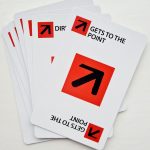
The driver enters directly, pushes. Qualities: determined, bold, clear, holds people accountable, drives for results, hits targets. Shadow: arrogant, does not listen, runs over people, chases the wrong goal, blames others.
Exercise:
- Lean forward, and bore your eyes into these words like laser beams.
- Press your feet into the floor and notice the intense, single-point focus.
- Cut the blade of one hand against the palm of the other hand and feel the directness and clarity of this pattern.
Clarity, cutting out distractions, and intense, decisive action are among the strengths of Driver energy.
ORGANISER ENERGY
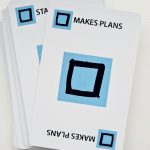 The organiser holds form. Qualities: responsible, orderly, methodical, does the right thing, step-by-step, process-oriented. Shadow: disoriented by change, overly cautious, too slow, gets stuck, hyper-self-critical.
The organiser holds form. Qualities: responsible, orderly, methodical, does the right thing, step-by-step, process-oriented. Shadow: disoriented by change, overly cautious, too slow, gets stuck, hyper-self-critical.
Exercise:
- Sit up straight as if supporting a book on your head.
- Make your body’s left and right sides balanced, and the front and back.
- Fold your hands and place them at the solar plexus, feeling the upright composure of this pattern.
This pattern centres on order, forthrightness, doing the right thing and doing things right. Keeping this perfect posture, stand, step forward and draw up your back foot. Take another step and draw up, walking in a processional way. This sense of holding form and taking things one step at a time are characteristic strengths of Organizer energy.
COLLABORATOR ENERGY
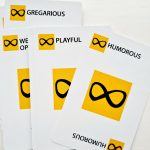 Collaborator swings into a rhythm. Qualities: engaging, playful, a people-person, sees multiple perspectives, finds a way around obstacles, works the system. Shadow: not taken seriously, too dramatic, wishy-washy, easily distracted, over-commits
Collaborator swings into a rhythm. Qualities: engaging, playful, a people-person, sees multiple perspectives, finds a way around obstacles, works the system. Shadow: not taken seriously, too dramatic, wishy-washy, easily distracted, over-commits
Exercise:
Slowly rock in your chair side to side, and feel a sloshing ease move up through your ribcage, neck and head until your whole upper body is swinging. Add your hands making figure-8 movements and feel the rubbery resilience of this Collaborator energy. The rhythm of this pattern is a natural way to connect with people—as in a handshake, dance, or rocking a baby.
VISIONARY ENERGY
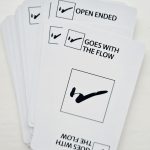 Visionary expands into possibility. Qualities: imaginative, future-oriented, sees the big picture, purposeful, gets to the essence, let’s go. Shadow: impractical, unclear, aloof, too many ideas and little gets done.
Visionary expands into possibility. Qualities: imaginative, future-oriented, sees the big picture, purposeful, gets to the essence, let’s go. Shadow: impractical, unclear, aloof, too many ideas and little gets done.
Exercise:
- Bring your hands to either side of your head, a few inches from each ear, and see both simultaneously using peripheral vision.
- Let your vision keep expanding to see up and down at the same time, indeed, see the entire dome around you.
- Running your left hand along the underside of your right arm, imagine that line of energy continues through your right fingertips. Let your right fingertips and arm keep extending as if they were tracing the flight of a kite in the wind with no repeating motion.
- Do the same on the left side.
Feel into the drifting expansiveness of the Visionary. This pattern opens to possibility, connects the dots, and sees the big picture.
When and why would we need these four energies, you ask?
To quote Dr Whitelaw, “when one part of the mind-body system goes into a pattern, the rest tends to follow”. If we have a preferred energy pattern, this will show up – whether the task in hand requires it or not.
Now, imagine you are preparing for an important meeting. You want to be assertive, sharp, and dynamic. Or maybe that’s the energy mode that you do best. “But then you imagine running the meeting that way is going to get an outcome that no one will sign up for, and instead, you connect with your collaborator energy and enter the meeting with an open and engaging approach, thereby achieving the desired outcome.
Or, perhaps you’d like to develop a more organised, methodical approach to a project you are running – however, your natural preference is blue-sky vision, big-picture thinking, and high purpose rather than details and schedules. You’d probably want to have a go at drawing more on your organiser energy.
Indeed, each of us will find it easier to engage with a specific energy pattern, making it a ‘Home pattern’. What is equally valid, however, is that we can successfully develop other patterns and learn to utilise them when needed.
Furthermore, all four energy patterns need one another—or, better put, we need all of them. What the Visionary reimagines, the Collaborator can sell to others, the Organizer can put a process in place to deliver, and the Driver can ward off threats and push through to completion. While these represent four essential modes in our leadership, we can also mitigate our weaknesses and leverage pattern diversity in our outer teams.
You can take a mini-FEBI taster here: IZL page.
Blog Part 1 – What do Usain Bolt and Zen Leadership have in common?
Blog Part 3 – Use your energy to resonate as a leader
About the authors: Andy Seizan Ryuji Robins lives in the UK and has served the Institute for Zen Leadership as the UK/European Director and the Director of IZL in Asia. Dr Maria Kukhareva is Head of People Development, a resilience expert and a coach at the University of Bedfordshire. FEBI® and energy management training is part of the leadership and management development provision at the University of Bedfordshire.
